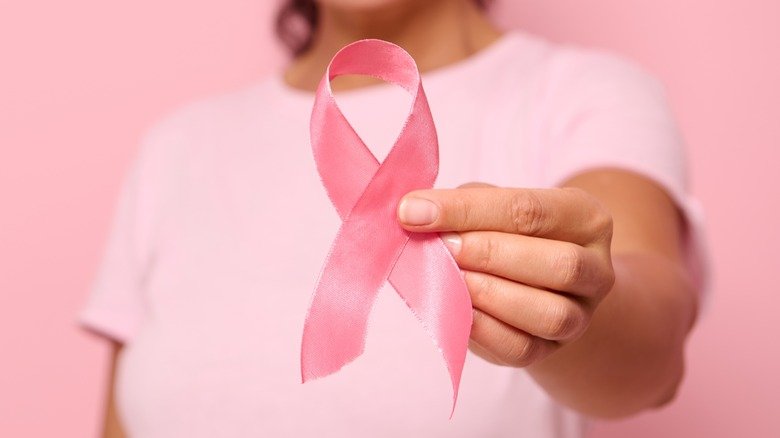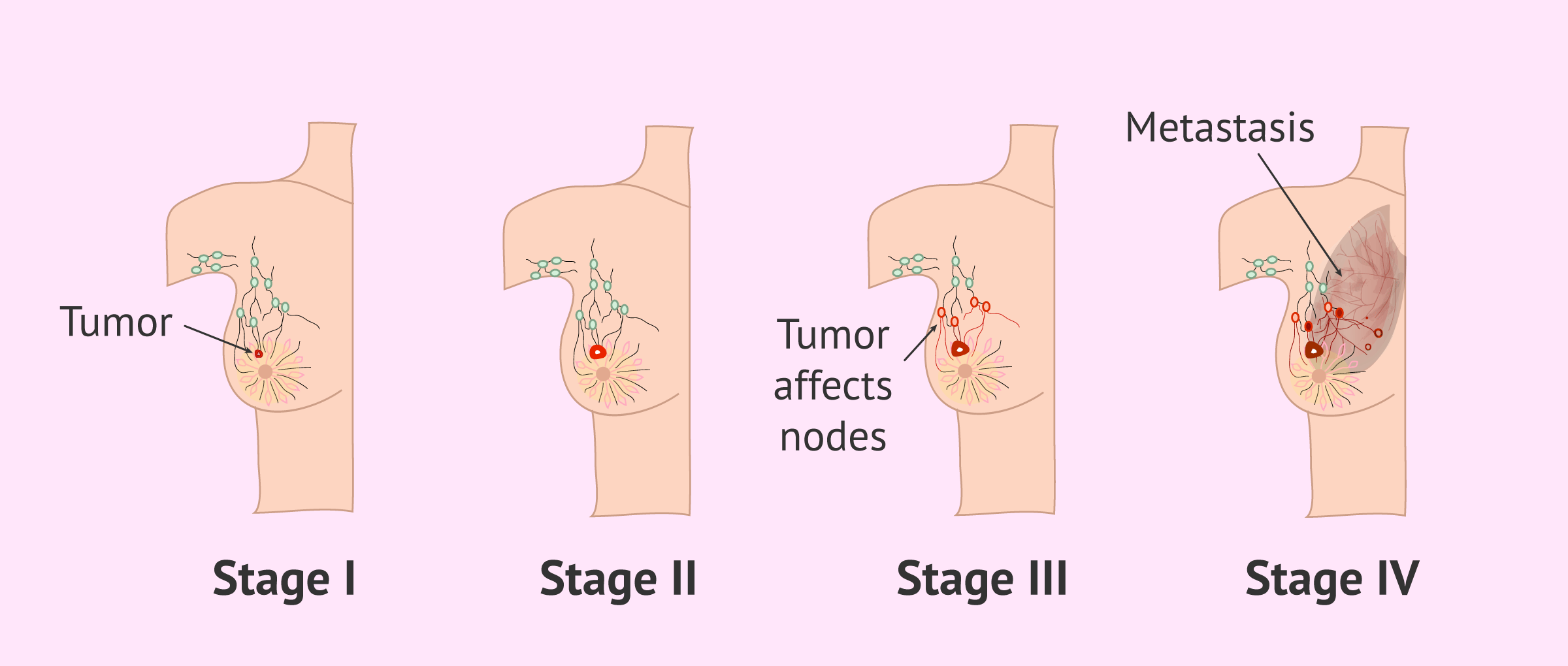
Receiving a breast cancer diagnosis is undoubtedly a traumatizing and agonizing experience for any woman and her near and dear ones. However, there definitely is hope, as modern medical science has come a long way in helping humans defeat cancer. In this long-drawn war against cancer, awareness is the first and most important step. Here we discuss breast cancer diagnosis, its various types, and different treatment routes.
Physicians classify an individual’s breast cancer according to standard parameters that include the type, grade, stage, and gene expression of breast cancer.
Classification Based on Breast Cancer Types
Breast cancer types are usually classified based on the location and aggressiveness of the disease. Breast cancer most commonly develops in the cells found in the lining of the milk ducts (ductal carcinoma) and the lobules that supply the ducts with milk (lobular carcinoma).
Ductal Carcinoma and Lobular Carcinoma
Carcinoma refers to any cancer that begins in the skin or other tissues (including breast tissue) that cover or line the internal organs. Ductal carcinoma can be further classified as ductal carcinoma in situ (DCIS) or invasive ductal carcinoma. In invasive ductal carcinoma, breast cancer spreads to the tissues outside the milk ducts. It can even begin to spread to other nearby organs and tissues, while in DCIS, cancer remains localized.

Similarly, lobular carcinomas are of two types: Lobular Carcinoma In Situ (LCIS) and Invasive Lobular Carcinoma. Other less common types of breast cancer are:
Inflammatory Breast Cancer
Inflammatory Breast Cancer occurs when the cancer cells block the lymphatic vessels in the skin covering the breast, causing a characteristic red, swollen appearance of the breast. It is a particularly rare and aggressive form of breast cancer.

Triple Negative Breast Cancer
Hormone receptors located on the surface of healthy breast cells receive messages from the hormones estrogen and progesterone that allow the cells to grow, function, and remain healthy. Most breast cancer cells also have these hormone receptors and, hence, respond to hormones.
However, a small fraction of breast cancer cells lack hormone receptors for estrogen and progesterone on their surface. They also lack a particular type of receptor called HER2 receptors. In healthy breast cells, HER2 receptors receive signals that stimulate their growth. Since this form of breast cancer lacks receptors for estrogen, progesterone, and HER2, it is known as triple-negative breast cancer.

Triple-negative breast cancer is unlikely to respond to hormonal therapies and medications that target the HER2 receptor. Using chemotherapy to treat triple-negative breast cancer is still an effective option.
Metastatic Breast Cancer
Metastasis is the medical term for cancer that spreads to different parts of the body. Metastatic breast cancer (or stage IV breast cancer) is a form of advanced breast cancer that has infiltrated beyond the breasts to other organs in the body (most often the bones, lungs, liver, or brain).
/complications-of-advanced-metastatic-breast-cancer-4159828-a5a1641217c64a479eb788fcabb31414.jpg)
Classification Based on Breast Cancer Stage
- Stage 0: It refers to one of the earliest stages of breast cancer. In stage 0, the cancer cells do not break out of the affected area of the breast or do not invade other normal tissues.
- Stage I: The cancer cells start to invade the healthy tissues surrounding the tumor. It is from this stage that breast cancer is described as invasive.
- Stage II: In Stage II, cancer keeps growing, but it is still contained in the locality of the breast or has only infiltrated the nearby lymph nodes.
- Stage III: The cancer cells extend beyond the immediate region of a tumor. It may also have invaded nearby lymph nodes and muscles but has not spread to distant organs. Although this is an advanced stage, there are a growing number of effective treatment options.
- Stage IV: Cancer cells spread beyond the breast and nearby lymph nodes to other organs such as the bones, lungs, liver, and brain. In this stage, cancer metastasizes meaning it has spread beyond the region of the body where it was first found.

Breast Cancer Diagnosis
To determine if your symptoms are occurring due to breast cancer or not, your doctor will do a thorough physical exam along with a breast exam. He or she may ask for multiple diagnostic tests for a breast cancer diagnosis. Tests that can help in breast cancer diagnosis are:
Mammography
Mammography is a screening tool used to detect and diagnose breast cancer using low-energy X-rays. Many women get yearly mammograms done to check for breast cancer. A mammogram helps in detecting breast cancer early.
Breast Ultrasound
An ultrasound uses sound waves to produce images of your body structures. It helps determine whether a new breast lump is a solid mass or a fluid-filled cyst.

Breast Biopsy
Your oncologist may recommend a breast biopsy if both a mammogram and an ultrasound cannot ascertain whether you've got cancer or not. A breast biopsy can help determine if a lump in your breast is cancerous or not. It involves the removal of some breast tissue or cells to find out whether there is any cancer.
Breast MRI
Breast MRI (Magnetic Resonance Imaging) might also be recommended by doctors in some cases. MRI uses magnetic fields to capture multiple images of the breast tissue. These are combined to create a detailed picture of the tissues inside the breasts that aid breast cancer diagnosis.

Breast Cancer Treatment
Breast cancer treatment depends on various factors such as cancer’s stage, size, and grade. The list of breast cancer treatments are as follows:
- Surgery: Several types of surgeries can help remove breast cancer, including mastectomy (removal of the entire breast), lumpectomy (removal of a tumor as well as the tissues around it), and other surgeries involving the removal of lymph nodes.
- Radiation therapy: Radiation therapy uses high-powered beams of radiation to target and kill cancerous cells.
- Chemotherapy: Chemotherapy is a drug treatment that helps in destroying cancer cells. Some people may undergo chemotherapy on its own, but it is often used along with other treatments such as surgery and radiation therapy.
- Hormone therapy: The two female hormones estrogen and progesterone can stimulate the growth of breast cancer tumors. Hormone therapy works by blocking the production of these hormones. This helps slow down the growth of cancer.
- Medications: Some medications attack specific abnormalities or mutations within the cancerous cells. For example, Herceptin (Trastuzumab) can block the body’s production of the HER2 protein. HER2 promotes the growth of cancer cells.

Conclusion
Early detection is the key to a breast cancer diagnosis. If you detect an unusual lump or spot in your breast or have any other symptoms of breast cancer, visit your doctor immediately. Having regular mammograms may not prevent breast cancer, but it helps reduce the odds of it going undetected. If one has a family history of breast or ovarian cancer, they should start an annual mammogram at the age of 35. However, if one has multiple first- or second-degree relatives with breast or ovarian cancers, they should start an annual mammogram as early as 25 years of age.


.png)


